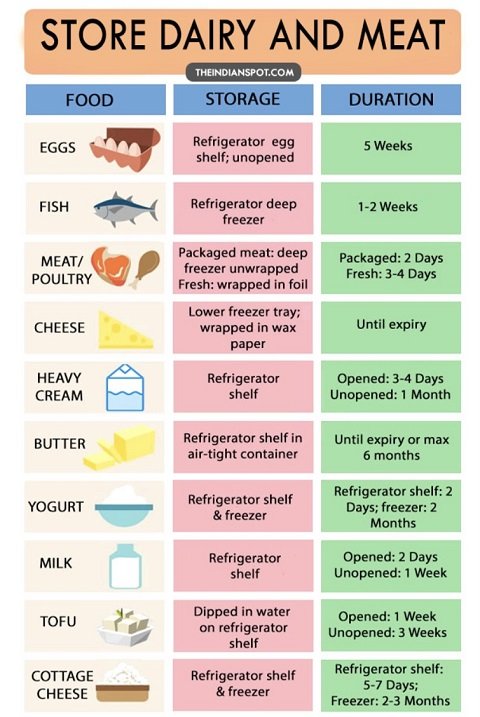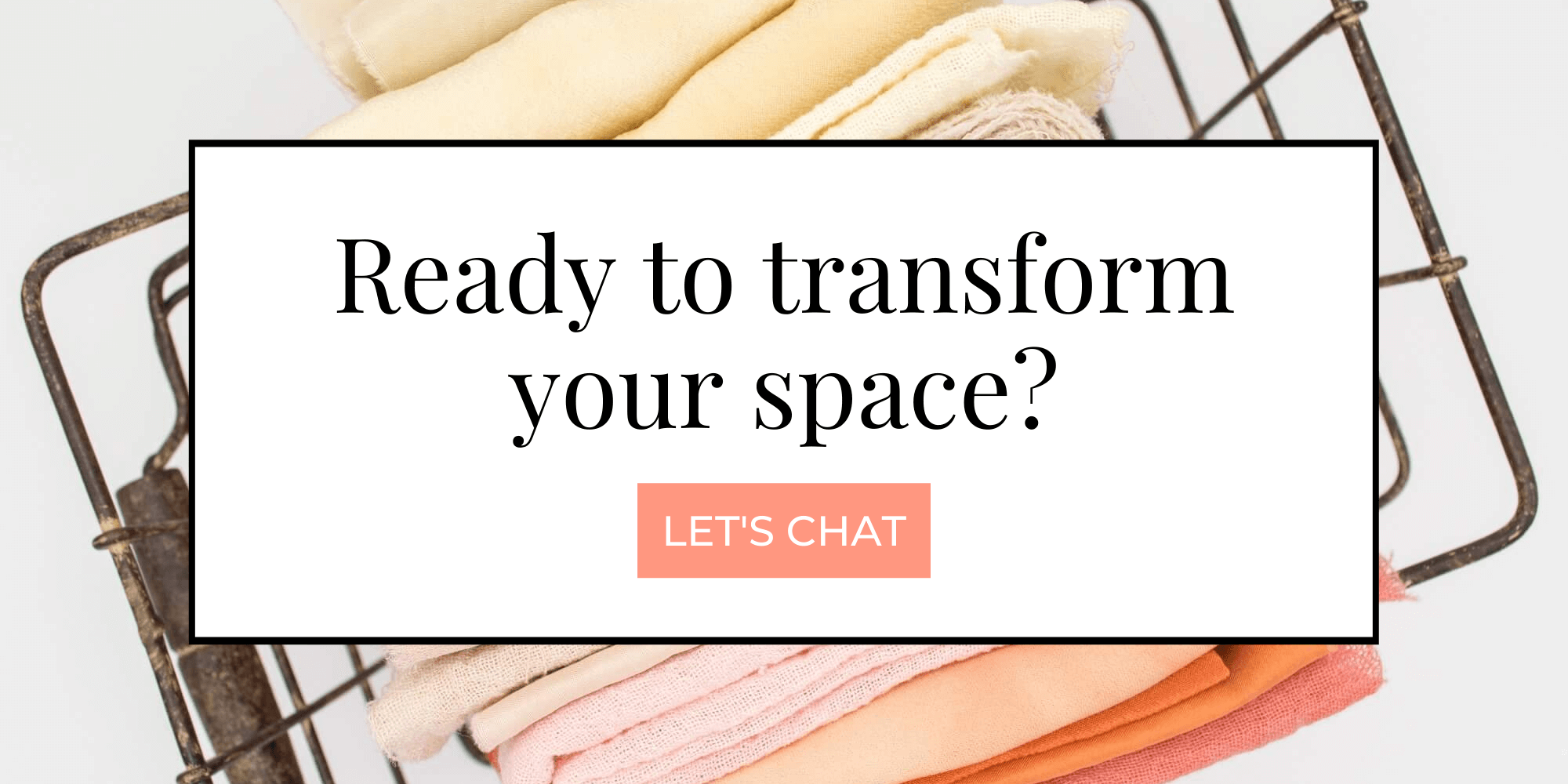Guide to Efficient Food Storage and a Sparkly Clean, Pinterest Worthy Fridge
An organized refrigerator is not extremely satisfying for most, but it saves time and money long-term when you can actually see what you have. At least once a month, take everything out of your fridge and do a good inventory. Wipe the shelves down thoroughly and throw out anything that is old or expired.
When it comes to storing groceries, there’s a real science to maximizing shelf life. Food will stay fresher longer when placed on the correct shelf of your fridge. You’d be surprised to learn that the air on the top shelf is up to six degrees warmer than the air on the lower shelves.
WHAT TO STORE ON THE FRIDGE DOORS
Fridge doors are the warmest part of your refrigerator and subject to the most temperature fluctuation. Avoid storing perishable foods here. If you like your condiments cold, this would be a good spot for your ketchups, mustards, soy sauces and syrups. We like to store herbs here in mason jars with a little bit of water like a small bouquet of flowers.
WHAT TO STORE ON THE MIDDLE AND LOWER SHELVES
Many refrigerators have a built-in egg compartment. We don’t recommend storing eggs here. The temperature is more consistent on a shelf than a door, which is frequently opened and closed. Instead, store your eggs, dairy products (milk, butter, cheese), drinks, packaged food and leftovers on the middle and lower shelves.
These shelves will likely be the first you see when you open the fridge doors. Incorporating good products like clear, acrylic bins (with labels!) will make your fridge look tidier, keep your produce fresher and streamline your cooking routine. They’re great for corralling miscellaneous produce, leftovers, yogurts and the like.
WHAT TO STORE ON THE BOTTOM SHELF
Reserve the bottom shelf for raw meat, poultry and fish. Not only is this the coldest shelf, you will not have to worry about cross contamination. Chicken and ground meat should be cooked within two days, while larger cuts like roast, steaks and chops should be cooked within 5. Raw fish and shellfish should be either cooked or frozen within 1-2 days.
WHAT TO STORE IN THE DRAWERS
Crisper drawers are great for your fruits and vegetables. These drawers extend the life of your fruits and veggies by controlling airflow. They have adjustable humidity vents that allow you to increase or decrease the humidity.
Finally, be smart when choosing your groceries. Some produce can last weeks and even months when properly stored! Blueberries and celery can last up to two weeks, carrots up to four, beets up to six, and cabbage up to two months.


